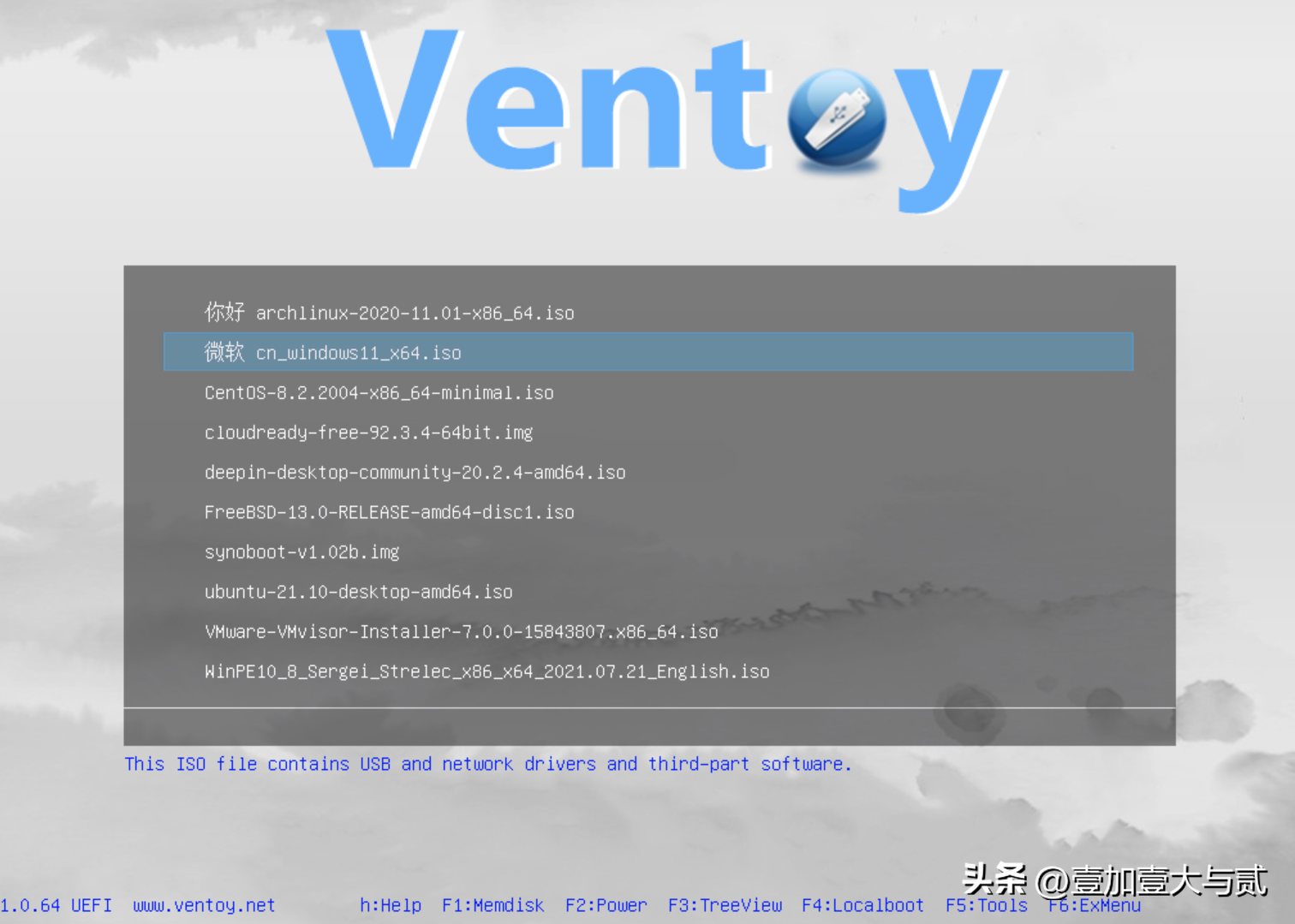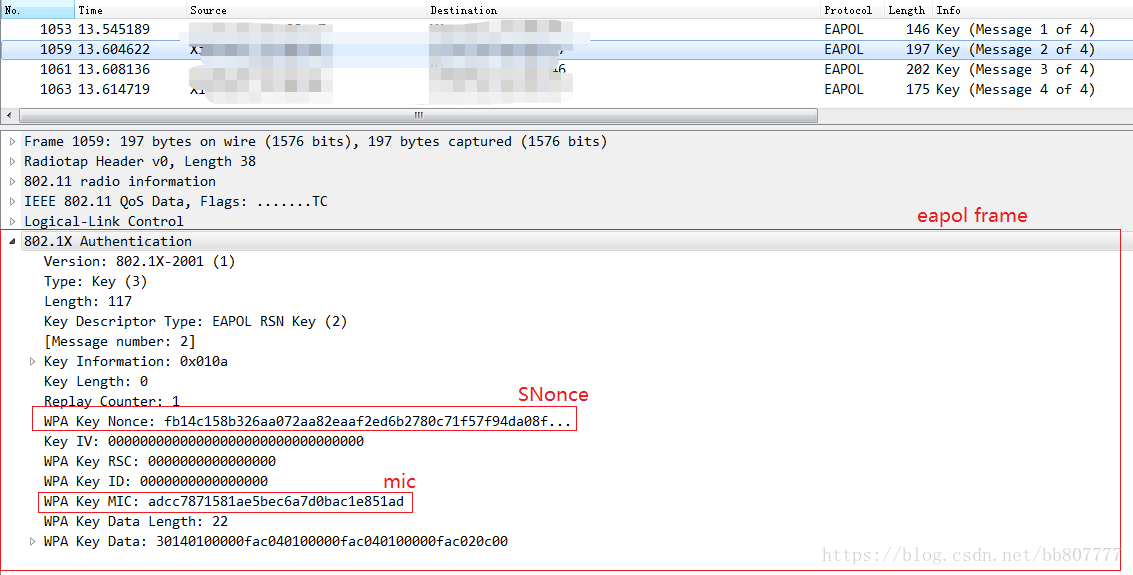
Ventoy-1.0.97 is an open-source tool for creating multi-system USB bootable drives. It allows you to directly write one or more ISO image files to a USB drive without formatting it. With Ventoy, you can create a bootable USB drive that supports multiple operating system installation images, such as Windows, Linux, and various operating systems in UEFI environments.
Why use Ventoy?
-
Convenience: Simply copy the ISO files to a Ventoy-formatted USB drive, and you can choose which system to install or run live during startup without repeatedly wiping the USB drive.
-
Strong compatibility: Ventoy supports various operating systems, including but not limited to different versions of Windows, various Linux distributions, and other ISO-based operating systems.
-
High flexibility: Adding, deleting, or updating ISO files only requires simple file operations, without the need to recreate the entire USB boot disk.
-
Stability: Ventoy does not cause confusion in the boot menu due to an increasing number of ISO files. It also has a good protection mechanism for the integrity of ISO files.
How to use Ventoy?
Here are the basic steps to use Ventoy:
-
Download Ventoy: Download the latest version of Ventoy from the official website and extract it.
-
Prepare the USB drive: Back up the data on the USB drive because Ventoy will overwrite all contents on it.
-
Install Ventoy:
-
Open Command Prompt (with administrator privileges) or PowerShell (with administrator privileges).
-
Use the “cd” command to navigate to the directory where Ventoy is extracted.
-
Run the Ventoy installation script, for example, Ventoy2Disk.exe (adjust the filename according to the actual one), and follow the prompts to select the USB drive to install Ventoy.
-
Copy ISO files: Wait for Ventoy installation to complete, then directly copy and paste the required ISO image files to the root directory of the USB drive.
-
Restart the computer and select the system: Set the computer to boot from the USB drive, and the Ventoy boot interface will automatically list all ISO files on the USB drive for you to choose from.
By following these steps, you have successfully created a Ventoy bootable USB drive that can boot multiple operating systems. Whenever you need to add a new operating system ISO, simply copy it to the USB drive without running the Ventoy tool again or modifying any configurations.
Ventoy is mainly used in the following scenarios:
-
System installation and maintenance: IT administrators can use a Ventoy USB drive to load ISO images of different versions or operating systems when deploying multiple computers, eliminating the need to carry multiple different boot disks.
-
Emergency rescue and troubleshooting: Technical support personnel can use Ventoy to boot various system diagnostic tools (such as Windows PE, Linux LiveCD/DVD versions, etc.) when dealing with computer hardware or software failures, enabling tasks such as data recovery, system repair, and virus scanning.
-
Demonstration and testing: Developers or test engineers can create ISO files of different versions of operating systems, virtual machine images, or other bootable software environments and load them into a Ventoy USB drive, facilitating demonstrations or performance testing in various environments.
-
Education and training: In computer courses, teachers can use Ventoy to boot different operating systems to demonstrate or teach relevant knowledge, allowing students to practice operations in different environments.
-
Portable working environment: For users who frequently work on different devices, they can create a Live Linux ISO containing commonly used tools and custom development environments. They can quickly establish a personal working environment on any device that supports USB booting using Ventoy.
The value of Ventoy’s application is mainly reflected in the following aspects:
-
Time and resource-saving: There is no need to create separate USB drives for each operating system or bootable tool. Only one Ventoy USB drive is needed to store and boot multiple ISO images, greatly saving the time and resources required to prepare different boot disks.
-
Efficiency and flexibility: When installing, testing, or maintaining multiple computers, you can quickly select the appropriate system or tool from the Ventoy boot menu, improving work efficiency. Additionally, adding or updating systems only requires copying the new ISO file to the Ventoy USB drive, enhancing convenience and flexibility.
-
Risk and cost reduction: Since Ventoy does not modify the content of ISO files, it avoids the risk of ISO file corruption or data loss that may occur during the traditional process of creating a bootable USB drive. Furthermore, by reducing the need for physical media (such as CDs or USB drives), it indirectly reduces hardware procurement costs.
-
Wide compatibility: Ventoy supports various operating systems and versions, including but not limited to different versions of Windows, various Linux distributions, and some special-purpose operating systems. This makes it widely applicable in different scenarios.
-
Emergency rescue and security: For IT professionals, Ventoy can serve as an emergency rescue toolbox, allowing quick response to various software and hardware failures, and providing a secure environment for tasks such as data recovery and system repair.

 量子哈希
量子哈希












